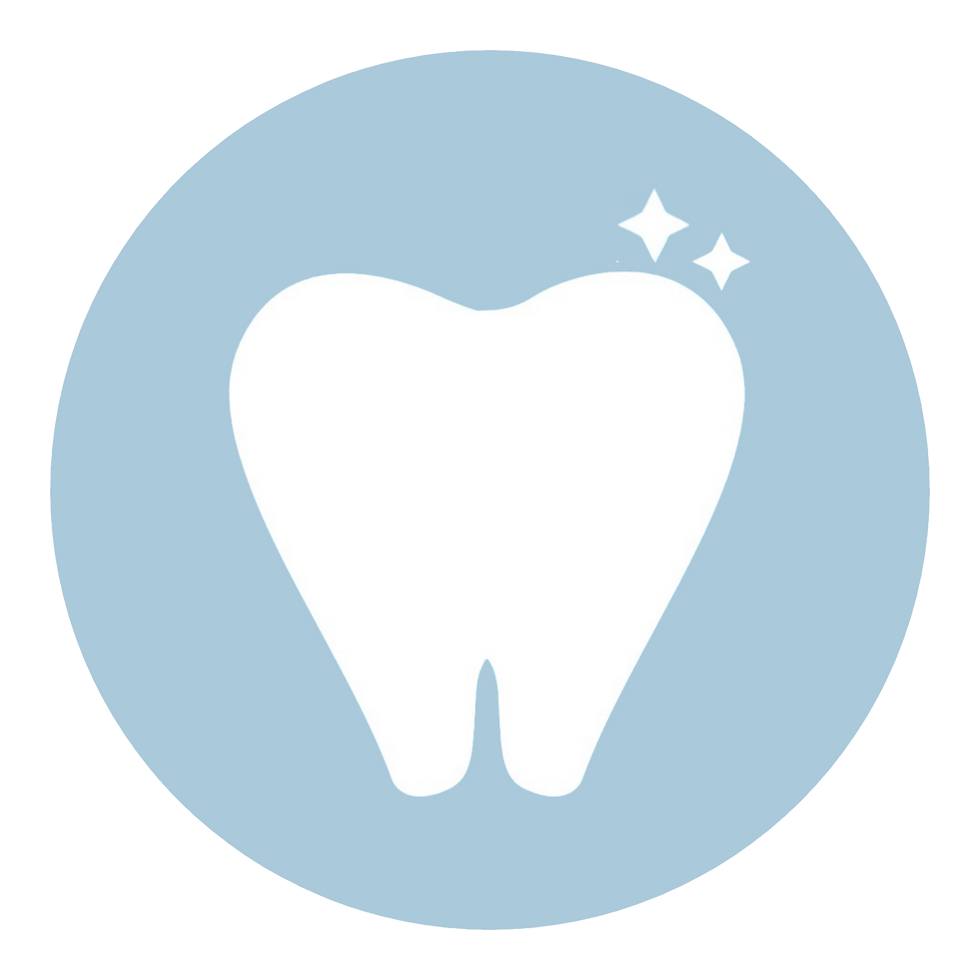TOXIC INGREDIENTS IN TOOTHPASTES
- TeethTab México
- Apr 15, 2021
- 3 min read
Updated: Aug 10, 2021
We know how important it is to wash our teeth with the aid of toothpaste after every meal. But, have you ever stopped and looked at the ingredient list? This is very important because our mouth is one of the most absorbent parts of our bodies. This means even if we don't ingest them, many ingredients enter our bloodstream. While we are brushing our teeth, the ingredients enter the mouth, the gums, and finally, the bloodstream.
1. TRICLOSAN
Many conventional toothpastes available in the supermarkets contain it. It is an antibacterial chemical compound that helps against dental plaque and gingivitis. However, it has been shown that it contributes to antibiotic resistance and produces endocrine illnesses responsible for breast, testicle, and ovarian cancer. For this and other reasons, the Food and Drug Administration of the United States (FDA) forbid its use in soaps in September 2016. However, it has not been removed from toothpastes yet.
2. SODIUM LAURYL SULFATE (SLS)
It's a tensioactive agent that helps thicken the toothpaste and also has a foaming effect. Studies have shown that it can contribute to the risk of cancer, dental problems, ulcers and skin irritation. It is also classified as an insecticide and is toxic to the species that inhabit the oceans.
3. ASPARTAME, SACCHARIN
They are sugar substitutes. Aspartame (E-951), when decomposed, turns into methanol. It is responsible for symptoms such as headache, nausea, dizziness, gastrointestinal problems and cancer. Saccharin (E-954) is actually derived from petroleum and its use has been forbidden in countries like France and Canada. There are studies showing it contributes to the development of bladder cancer when ingested.
4. FLUORIDE
It has been presented to us as the best alternative to prevent and fight dental cavities. Nonetheless, this has been recently questioned for several reasons. It is a risk factor for the development of dental fluorosis. We also now know that, with time, it accumulates in the tissues and produces neurological damage and endocrine disorders. We will talk further about this controversial ingredient in the upcoming posts of the blog.
5. DIETHANOLAMINE (DEA)
It can be found in products that make foam. It interferes with our hormones and may produce cancer. It has been also shown that it causes mucosal and skin irritation.
6. PROPYLENE GLYCOL
It is a mineral oil. It is used in the industry as an antifreeze in nail polish, paint and other solvents. It is also used as tensioactive in self-care products such as toothpastes. It is damaging to the skin, eyes and lungs.
7. PLASTIC MICROSPHERES
They are tiny plastic spheres found in many cosmetic products. In toothpastes they are added as abrasives to help eliminate dental plaque. However, they damage the dental enamel and adhere to the gums, causing gingivitis.
In addition, when they reach the oceans, these microspheres end up in the bodies of many sea creatures. If we ingest these animals, these microplastics return to our bodies and accumulate. We will also discuss these topic further in the blog.
8. PARABENS
There are used as preservatives in many products. They might damage the endocrine system leading to a dysregulated estrogen production, amongst other illnesses.

In addition to all the direct repercussions to our bodies, all the chemicals found in most toothpastes end up in the water bodies damaging the creatures and their environment.
Imagine every person in every home discarding these chemicals down the drain sending them directly towards the water ecosystems.
For these reasons, in TeethTab we use mineral and natural ingredients which do not damage the environment when degraded. We are interested in bringing you a high quality toothpaste which is as beneficial to your health as to our planet.

Don't miss any of our news! We would love for you to follow us on our social media. You can also register to our website.
Send us your petitions, questions, recommendations, and complaints to info@teethtab.mx. We would love to read them too.

Thanks you for reading us.
Your team, TeethTab.
También puedes encontrar este post en Español.
Our references
Weatherly LM, Gosse JA. Triclosan exposure, transformation, and human health effects. J Toxicol Environ Health B Crit Rev. 2017;20(8):447-469. doi: 10.1080/10937404.2017.1399306. PMID: 29182464; PMCID: PMC6126357.

Comments